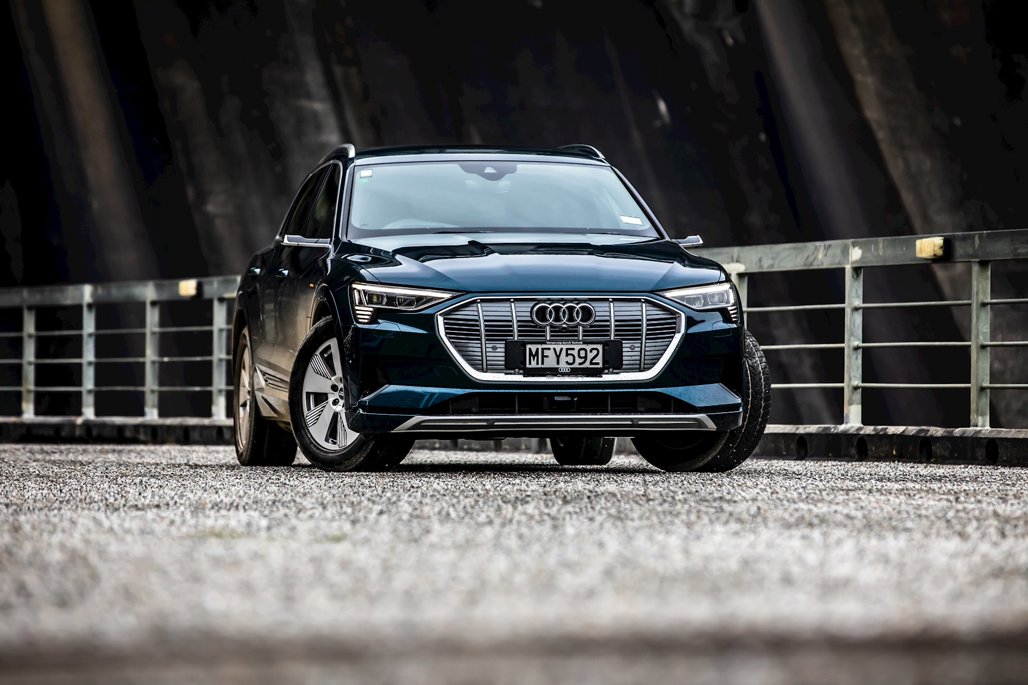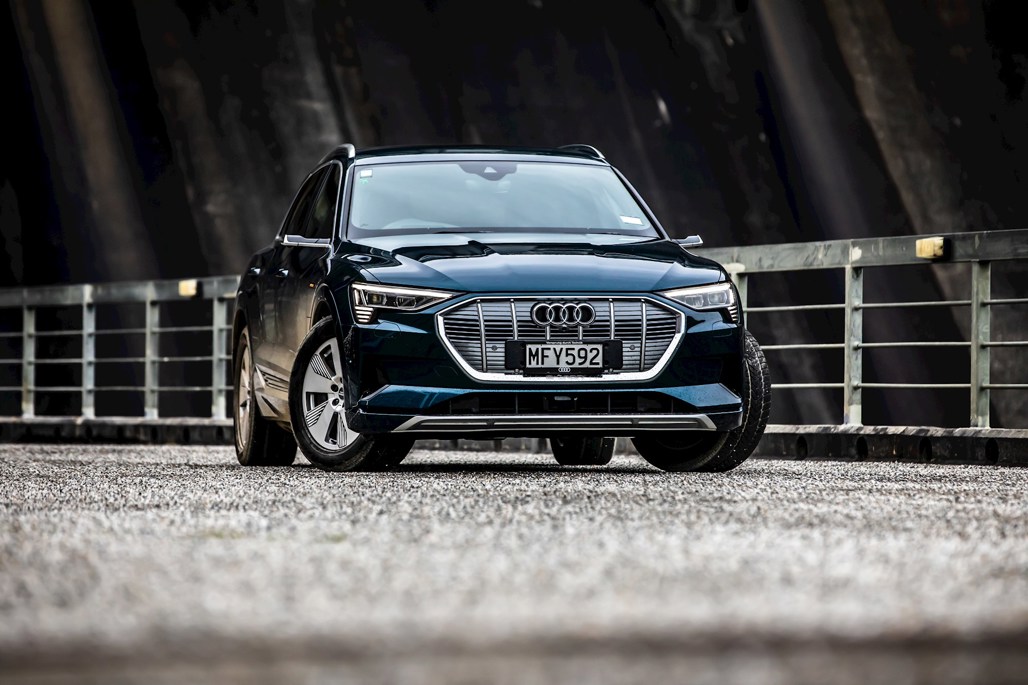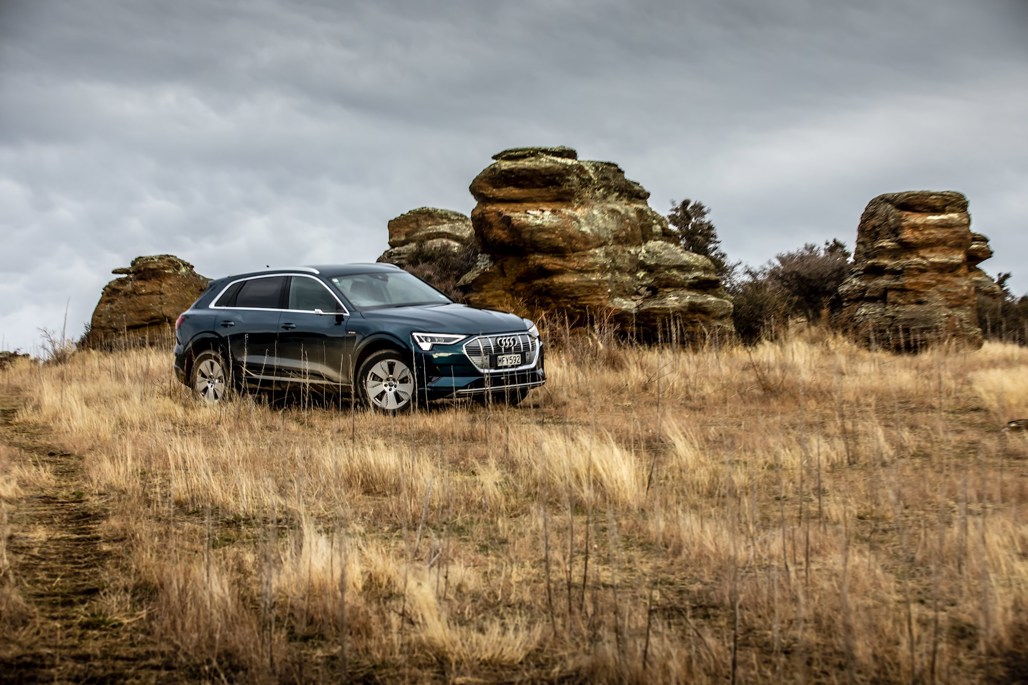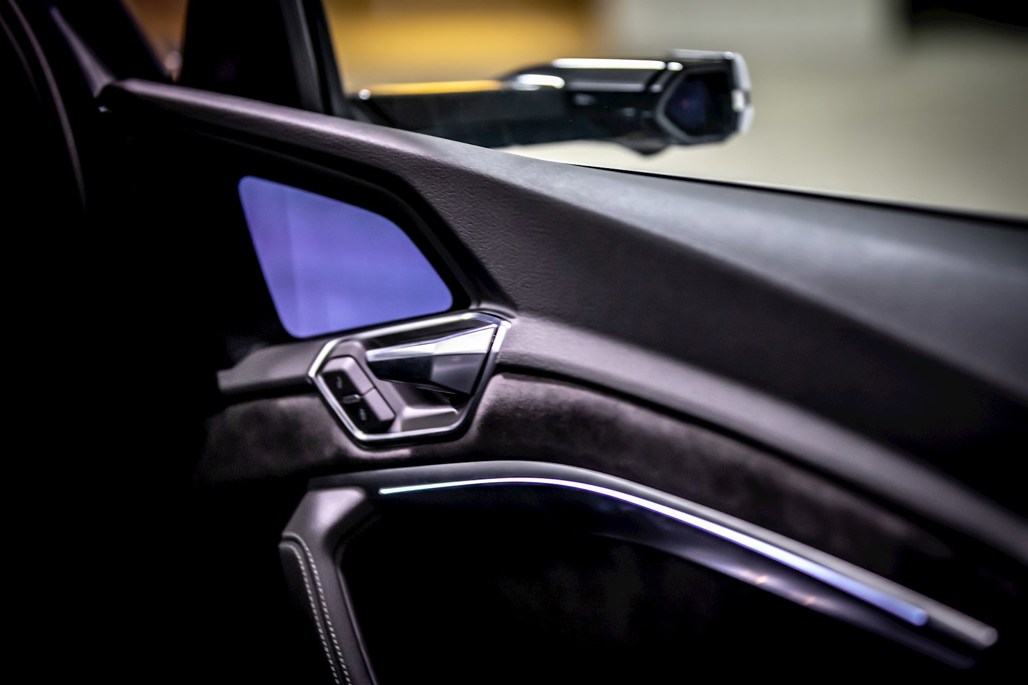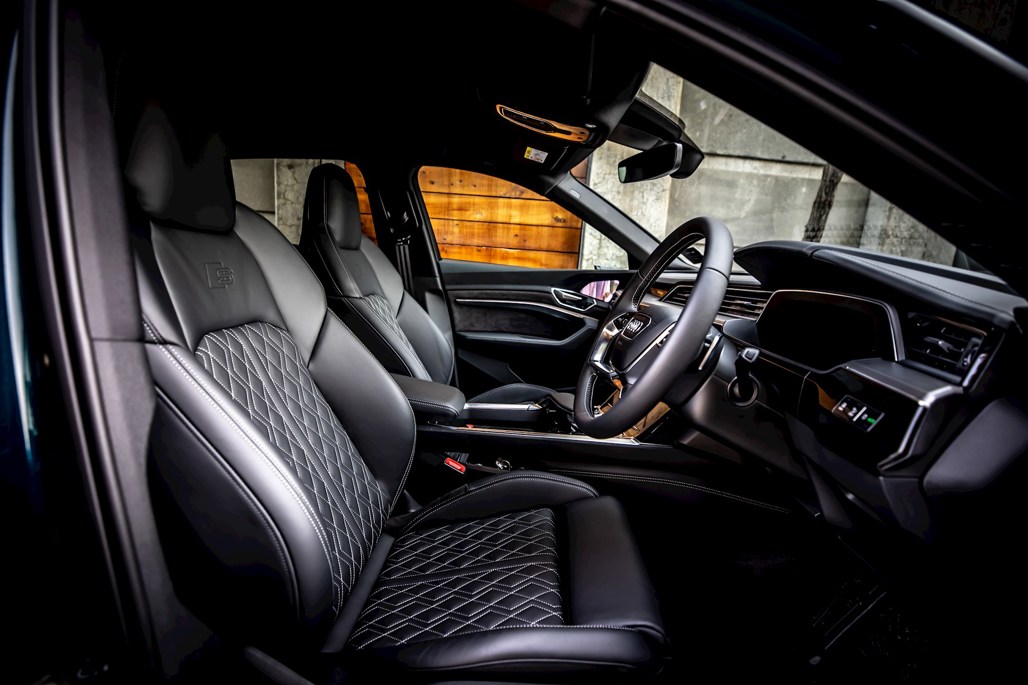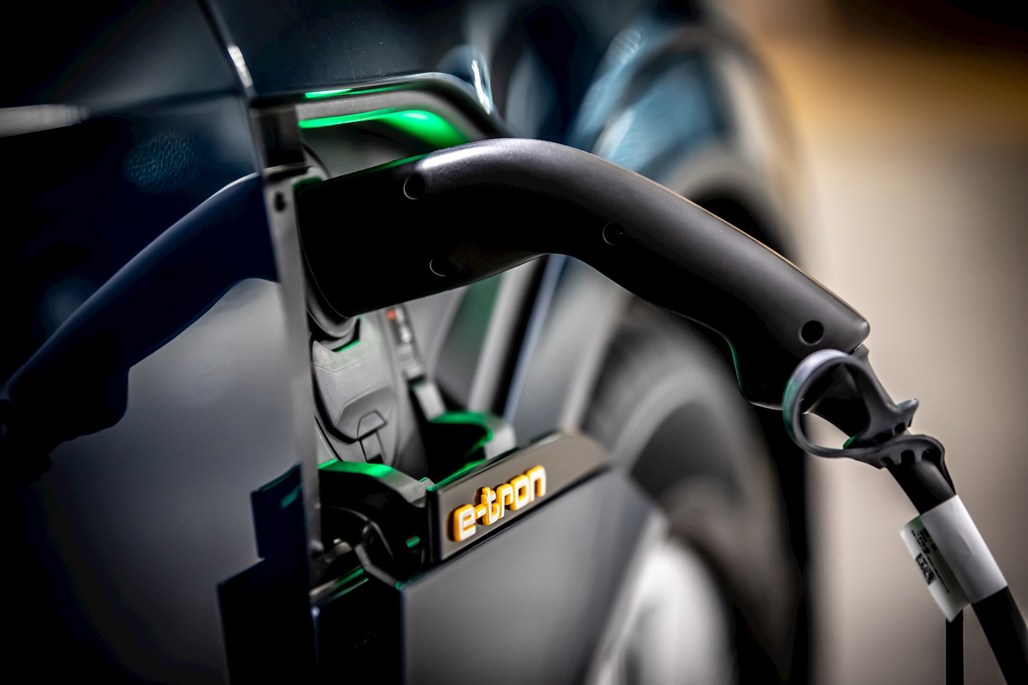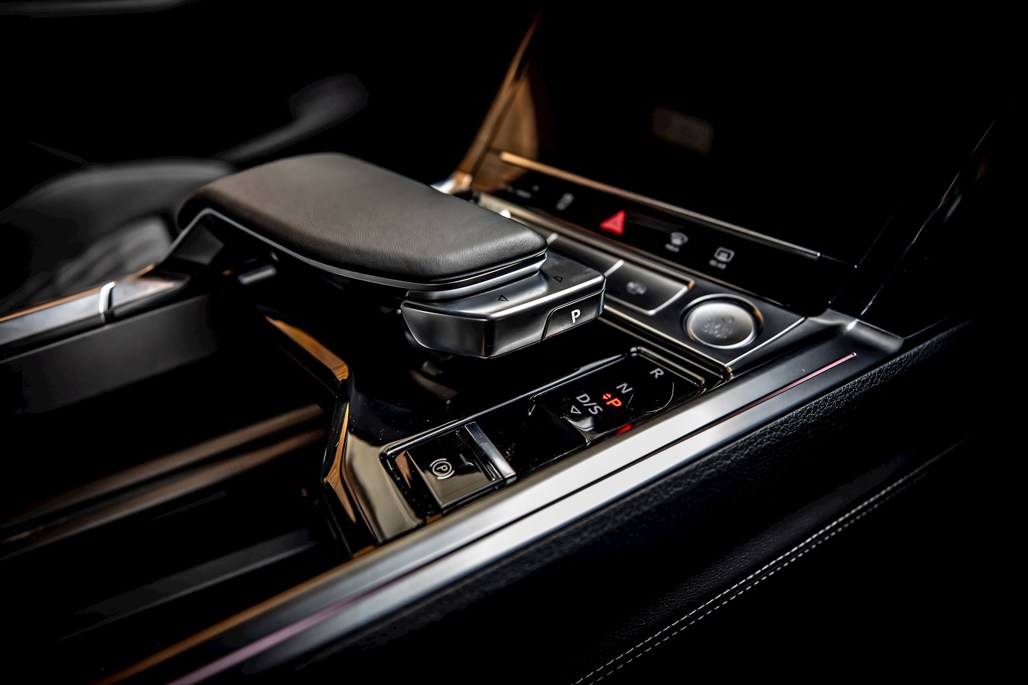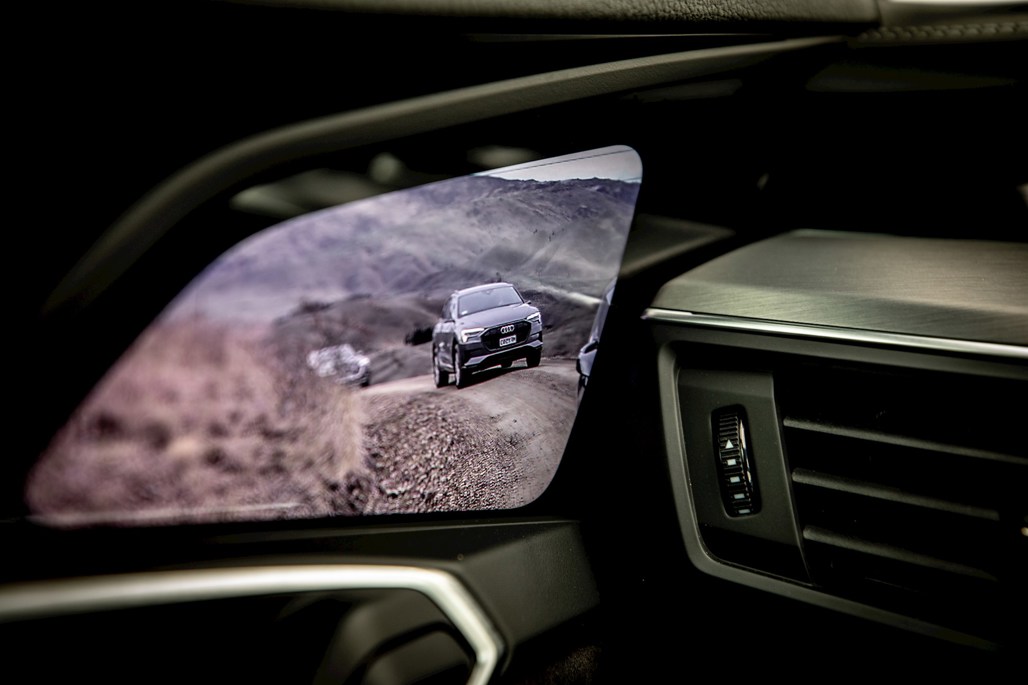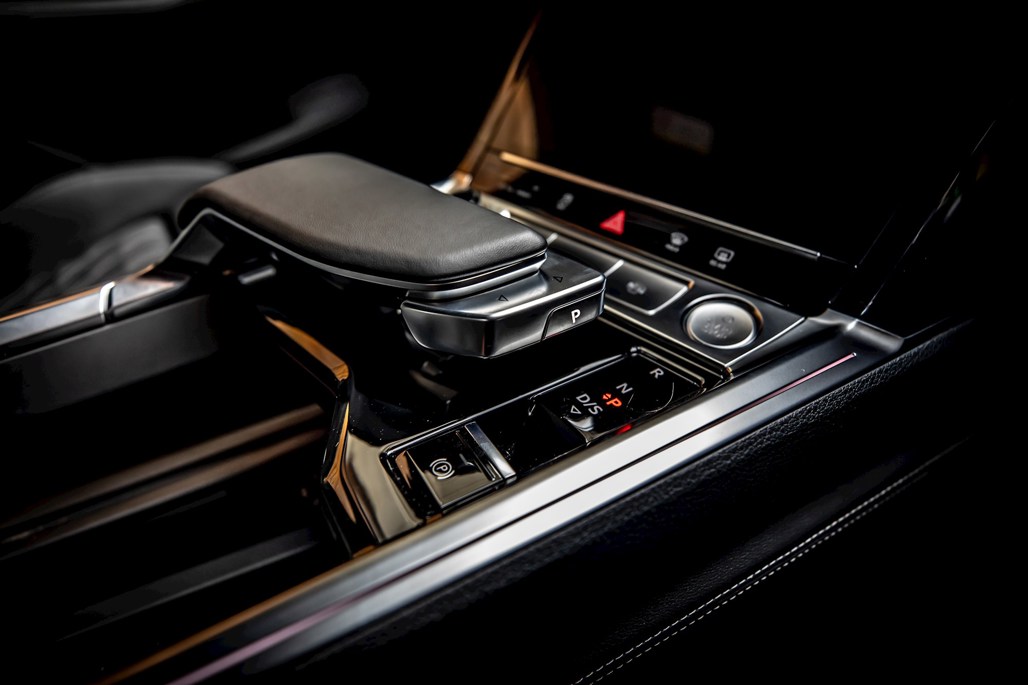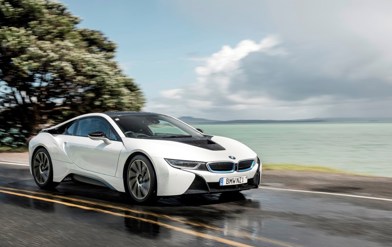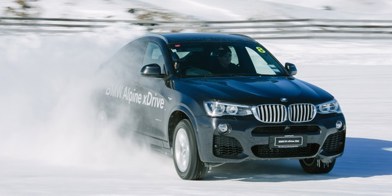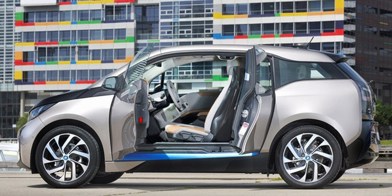When it comes to electric vehicle sometimes it’s hard to be an early “adaptor” in New Zealand, especially when it comes to charging the car.
You can go down a few routes; wall unit at home, using free charging stations (that you can only use for 30 minutes) or start an account with ChargeNet for fast chargers. Whereas Telsa has its own charging network.
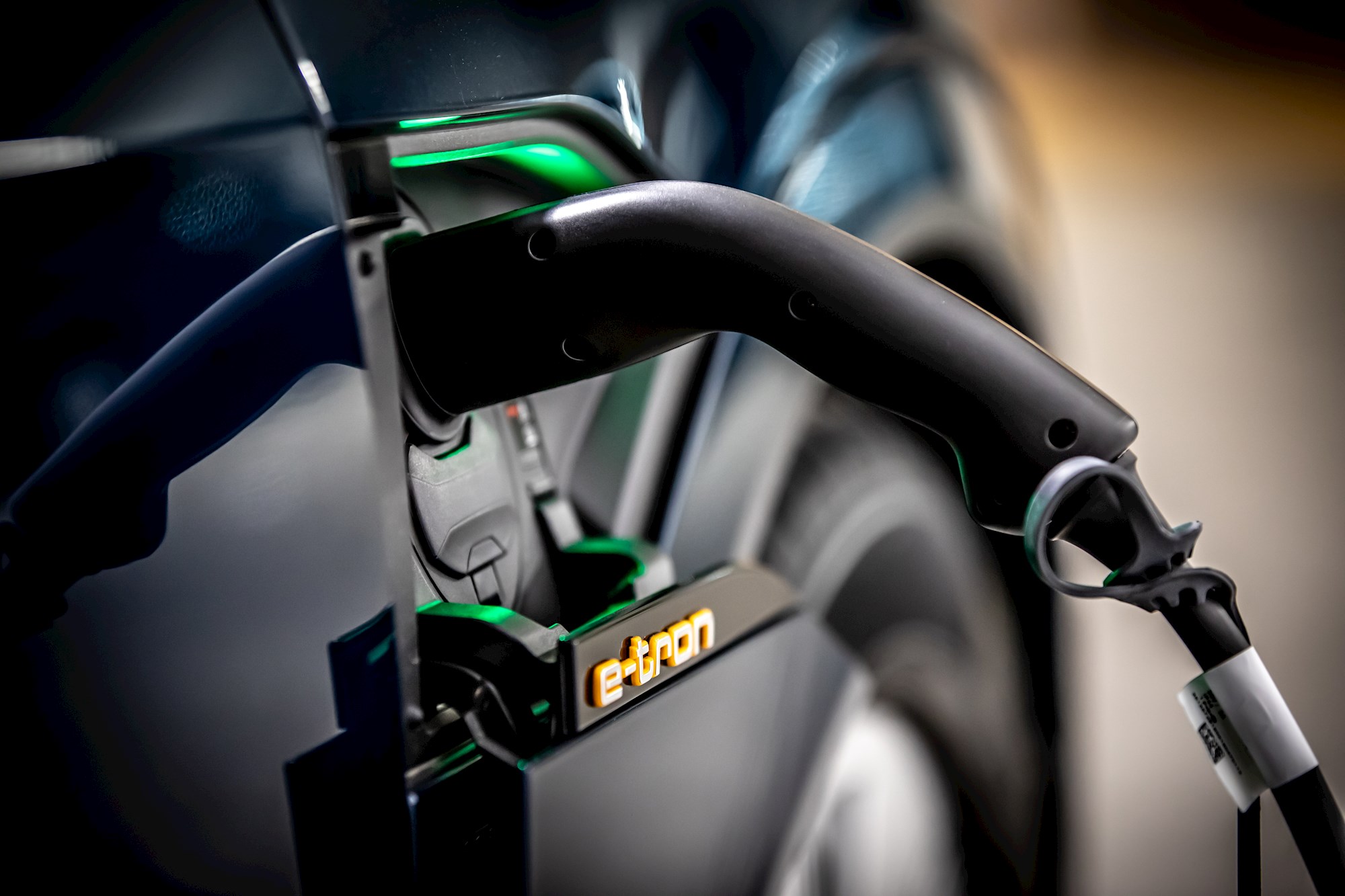
Of course, there’s a portable 3-pin charging cable that you can charge your vehicle at your home. But what if it would take your 48 hours to charge to 100 per cent from your that cable?
That’s the problem that Audi New Zealand faced when it decided to sell the all-electric e-tron here. It’s not alone. Volkswagen NZ and Kia faced the same issue with their electric vehicles.
For best charging, a wall unit at home is recommended, so Audi New Zealand is working with HRV to install a 32amp wall unit for e-tron owners.
The Audi e-tron is a five-seat SUV that is sized between Audi’s existing Q5 and Q7 models. It has a 95kWh lithium-ion battery driving the twin electric motors that achieve quattro all-wheel-drive.
It develops 265kW output and 561Nm of torque. In eight-second bursts of boost those go to 300kW and 664Nm.
The e-tron can accelerate from 0-100km/h in 5.7secs using boost mode and combined cycle energy consumption is rated between 26.2kWh/100km and 22.5kWh/100km.
Audi claims a range of 417km based on the WLTP consumption test cycle – a number that’s most likely to be achieved in the lower speed, high regeneration environment of city driving.
Driven had the $157,000 quatrro advanced for a long weekend. But if you’re testing it for the four days, and don’t have a wall charger of any brand, and there’s only 130km left on the battery and a weekend of road trips planned what do you do?
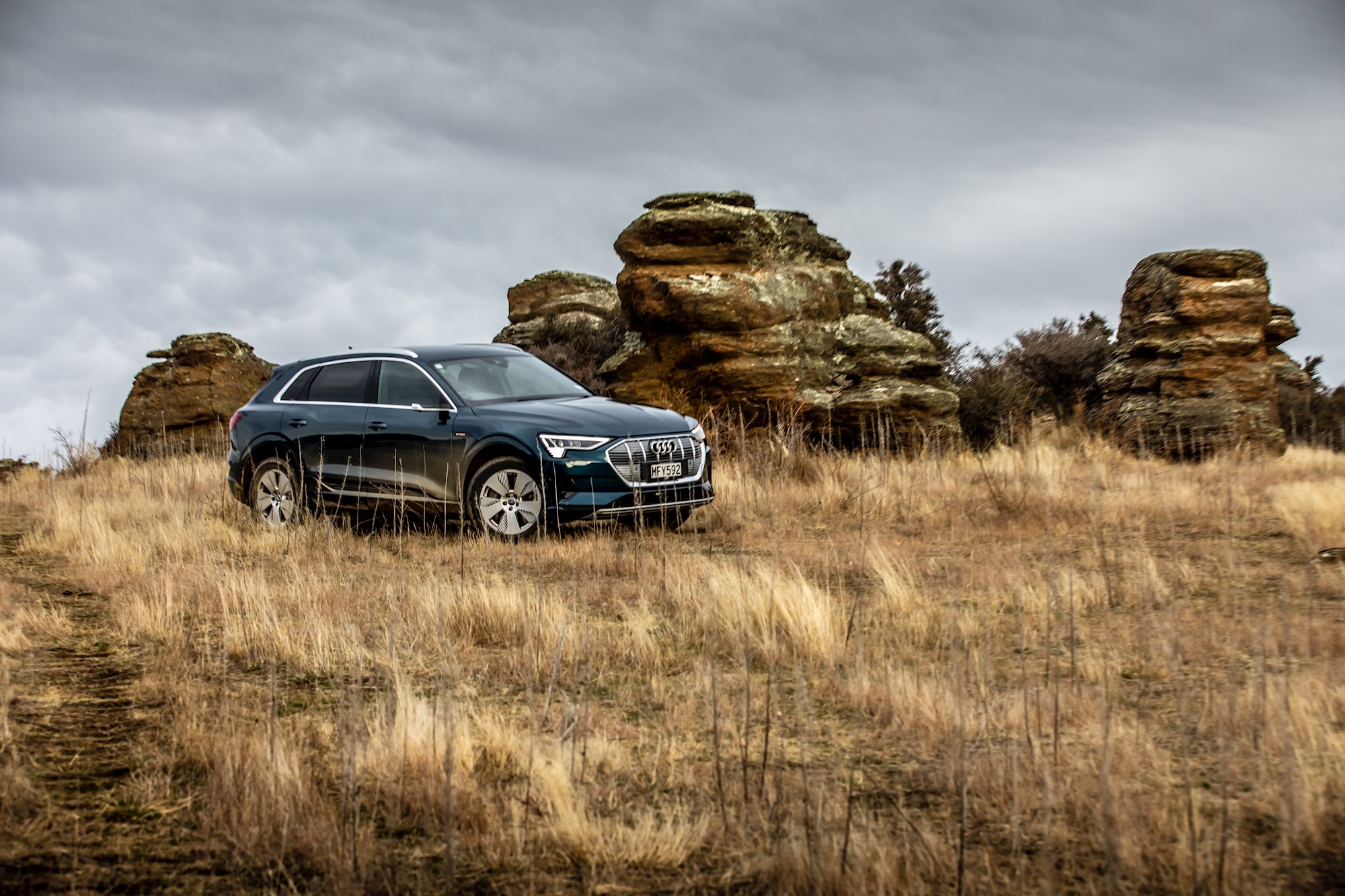
For Driven, it was spending an hour at ChargeNet’s station at Henderson’s Pak n Save carpark charging to 80 per cent. Audi NZ had added a ChargeNet fob for the press vehicles for situations like mine.
I had tried Vector’s 30 minute free charging in the city on Saturday afternoon, but it stopped charging at 60 per cent. Why? Someone had programmed it to that via the e-tron’s infotainment unit. A quick addition of another 20 per cent to that setting and I was ready to go to 80 per cent.
The upside to charging at Pak n Save in West Auckland was the ChargeNet station was empty. No queuing, no petrol or diesel car in the spots (as I found at Warehouse Taupo during a test of the Kia Nero). ChargeNet was smart to locate the station at the furthest part of the carpark.
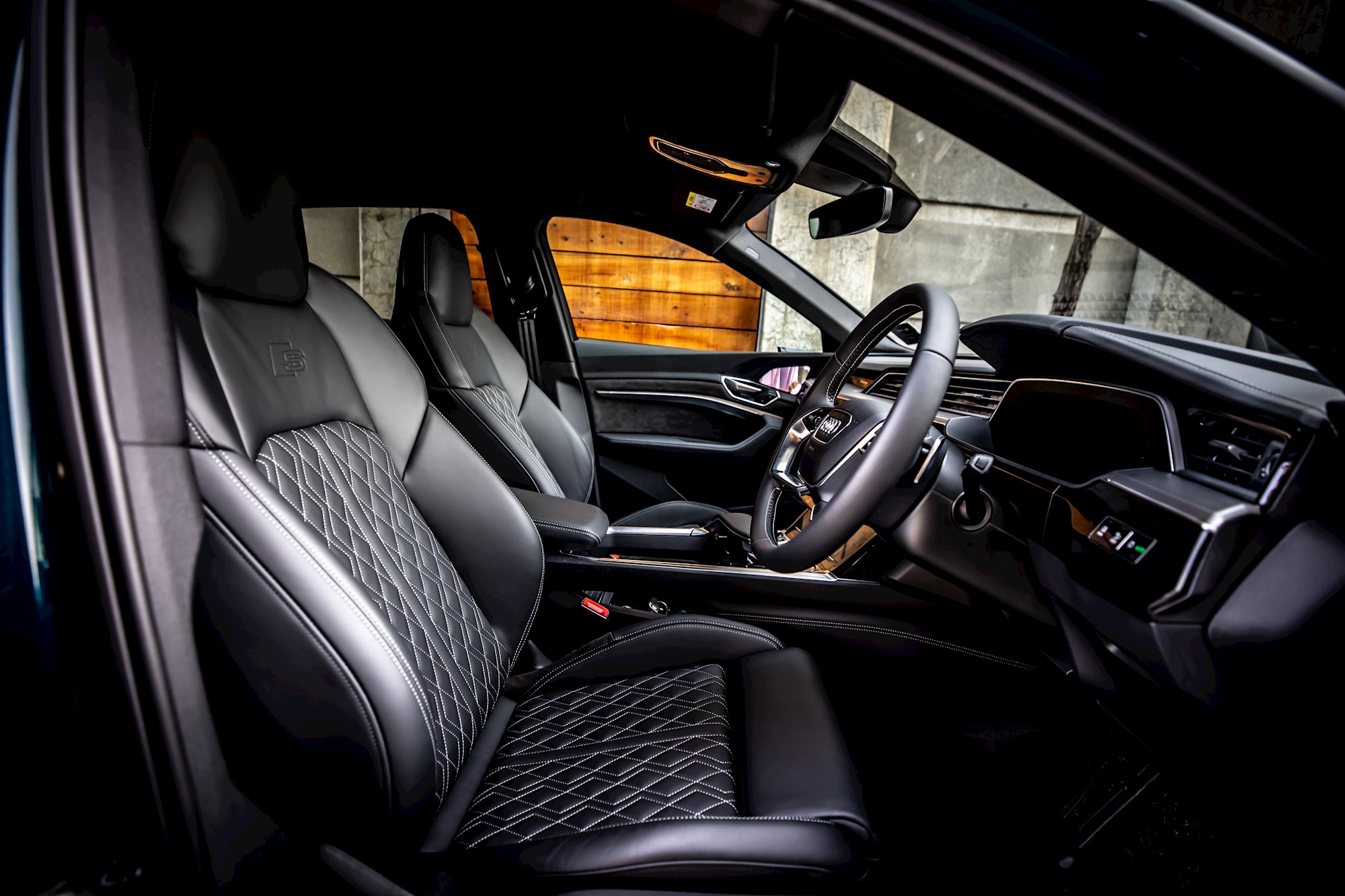
The Audi e-tron also had steering wheel-mounted paddles to use the regenerative braking - with coasting also adding to your range.
A great example of these functions was a 70km round trip I took in the e-tron – from central Auckland, onto the motorway, then 80km/h country roads, with some windy bits thrown in. But due to using the paddles and coasting I only took 40km off the battery. Phew.
The e-tron is a large SUV but due to the low centre of gravity is agile while the air-suspended ride combines initial suppleness with progressive roll control.
The instant torque you get from the EV’s two electric motors makes overtaking easy, though you never forget you are in a large vehicle.
My model had e-tron’s video door mirrors with the side mirrors replaced with small cameras on storks with the image projected on a screen on the corner of each car door (below).
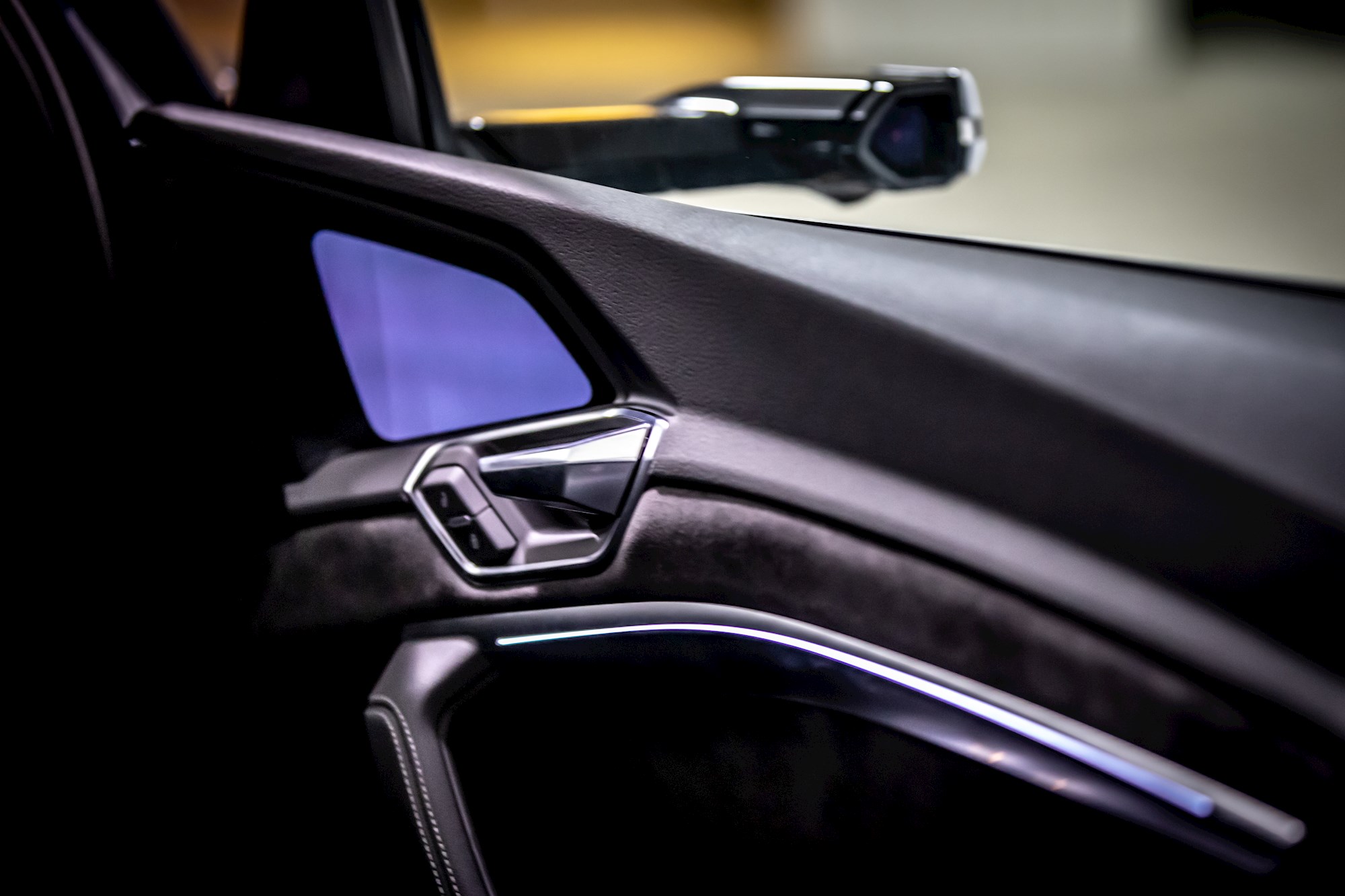
It’s a clever bit of tech but they take some getting used to, unlike Range Rover Evoque’s clear sight rear view mirror that works from a sharkfin on the roof and gives you an amazingly clear vision behind you, better than the naked eye.
For at least the first couple of days in the e-tron I was looking out of the window to see the mirror, remembered there wasn’t one, and then had to bring my eyes back into the car to look at the screen. My niggle is that standard side mirrors are in your peripheral vision, whereas the video door mirrors aren’t plus they are temperamental. Adjusting the mirrors, including the passenger-side one, is done on the screen with your fingers, and sometimes it won’t click into place and it’s not as straightforward or quick as using a knob.
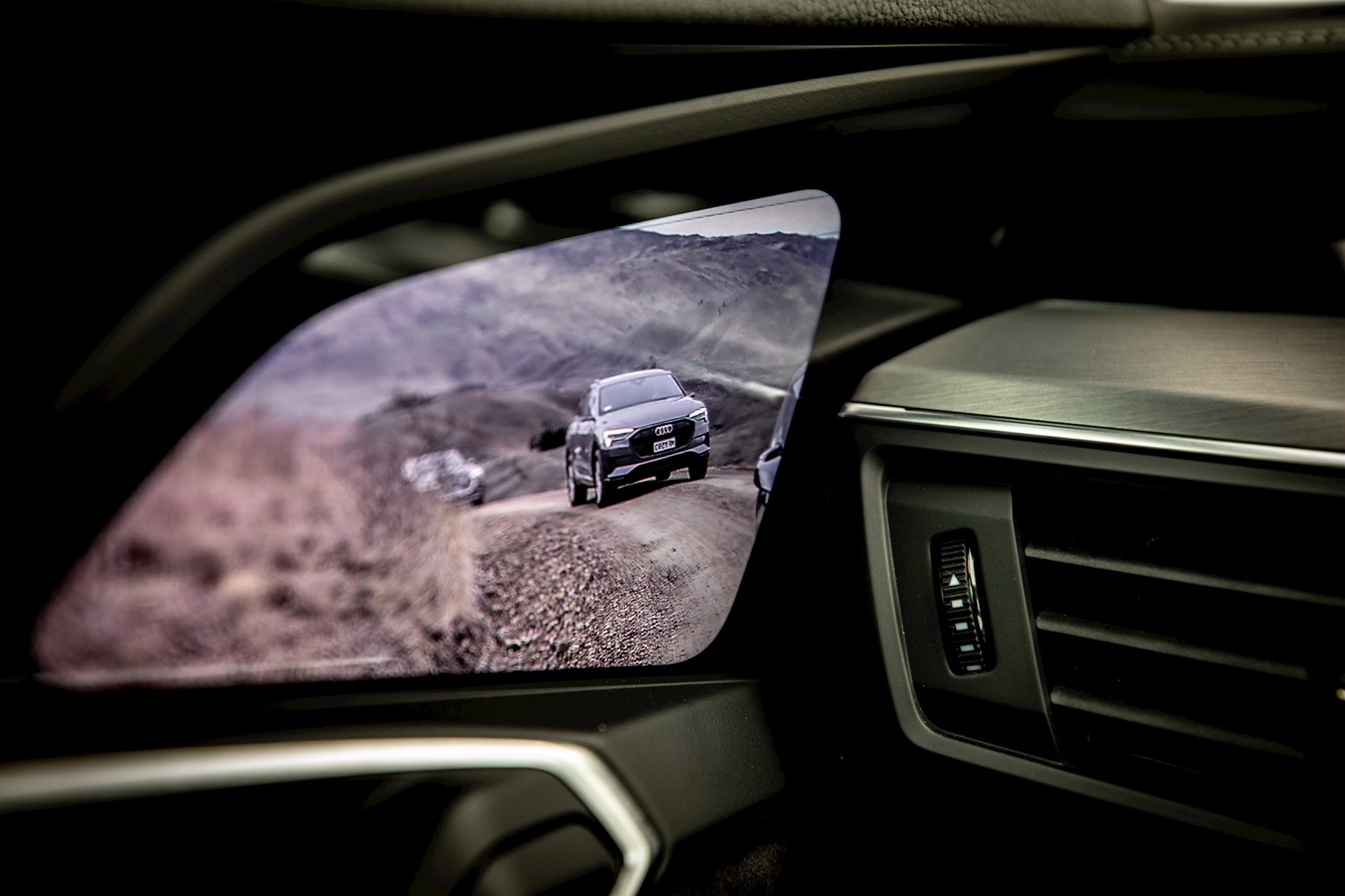
Another issue with the screen was one time the driver side was just blank, and bright sunlight on the screen make it hard to see. Plus there’s the expensive of replacing them if they are knocked off.
